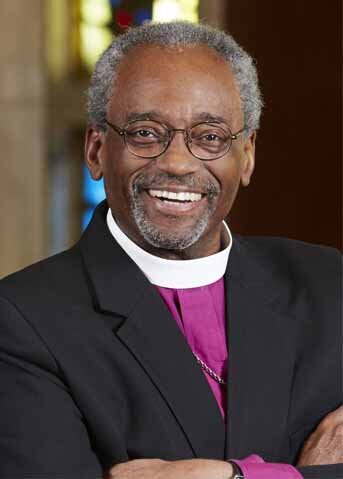Christmas trees, presents, stockings, Santa Claus: the traditions of Christmas sanctified
/How on earth did a decorated evergreen became a universal symbol of the Christmas season? Does it really have anything to do with Christ, his birth, the real 'reason for the season'? What about the presents, the stockings, Santa Claus himself?
The evergreen tree had long been an ancient symbol of life in the midst of winter. Romans decorated their houses with evergreen branches during the New Year, and ancient inhabitants of northern Europe cut evergreen trees and planted them in boxes inside their homes in wintertime.
Since the practices were rooted in pagan celebrations or even emperor worship, many early Christians were hostile to them. The second-century theologian Tertullian condemned Christians who celebrated the winter festivals or decorated their homes with laurel boughs (to honour the emperor) with these fiery words:
"Let them over whom the fires of hell are imminent, affix to their posts, laurels doomed presently to burn: to them the testimonies of darkness and the omens of their penalties are suitable. You are a light of the world, and a tree ever green. If you have renounced temples, make not your own gate a temple."
By the early Middle Ages, the legend had grown that when Christ was born in the dead of winter, every tree throughout the world miraculously shook off its ice and snow and produced new shoots of green. Meanwhile, Christian missionaries preaching to Germanic and Slavic people were taking a more lenient approach to cultural practices—such as evergreen trees as winter decorations.
These missionaries believed that the Incarnation proclaimed Christ's lordship over those natural symbols previously used for the worship of pagan gods. Not only individual human beings, but cultures, symbols, and traditions could be converted. That of course relates to the actual timing of Christmas as well—a 'take-over' of the pagan celebrations of saturnalia and the winter solstice.
As with all ‘traditions’, the idea of the Christmas tree evolved through the centuries and by the time of the Renaissance we can find clear records of trees being used as an actual symbol of Christmas.
As for the presents under the tree, of course they remind us of the gifts brought to baby Jesus by the magi. But what about the stockings full of gifts, and Santa Claus himself?
Most agree both traditions grew from stories about St. Nicholas, bishop of Myra (in modern-day Turkey) who as a youngster had received a huge inheritance at the death of his parents. Throughout his ministry, Bishop Nicholas selflessly poured out his life and fortune as he served the people in and around his home.
One famous story has him hearing about the misfortunes of a local businessman, recently pillaged by pirates and unable to provide dowries for his three daughters of marrying age. In those days, a young woman without a dowry had few options for survival; many were forced into slavery or prostitution.
The father prayed ceaselessly, and young Bishop Nicholas eventually heard of his plight. In the middle of one night, the bishop secretly slipped a sack of gold into the merchant’s house. Legend has it he dropped it into a stocking hung by the fire to dry. The gift provided the needed funds to save the virtue of the oldest daughter, and two more gifts for the two other sisters followed. Anticipating that third gift of gold, the father waited at night until he was able to finally apprehend the bishop. When he tried to thank him, the humble minister deflected the praise. "No, all thanks go to God, not to me."
"I need to let everybody know you did this!" the man exclaimed.
"No, you must promise me that not until I'm dead will you let anyone know how you received the gold." This compassionate bishop believed literally Jesus’ injunction that when we give, we should do so in secret, sacrificially, in Christ’s name, not our own.
When honour and reverence for St. Nicholas spread to Holland, he became Sint Nicolaas, which as Christmas traditions morphed, eventually contracted to Sinterklaas. From him of course we get our beloved Santa Claus.
MORE: Finding and raising cane: The origins of the candy cane











